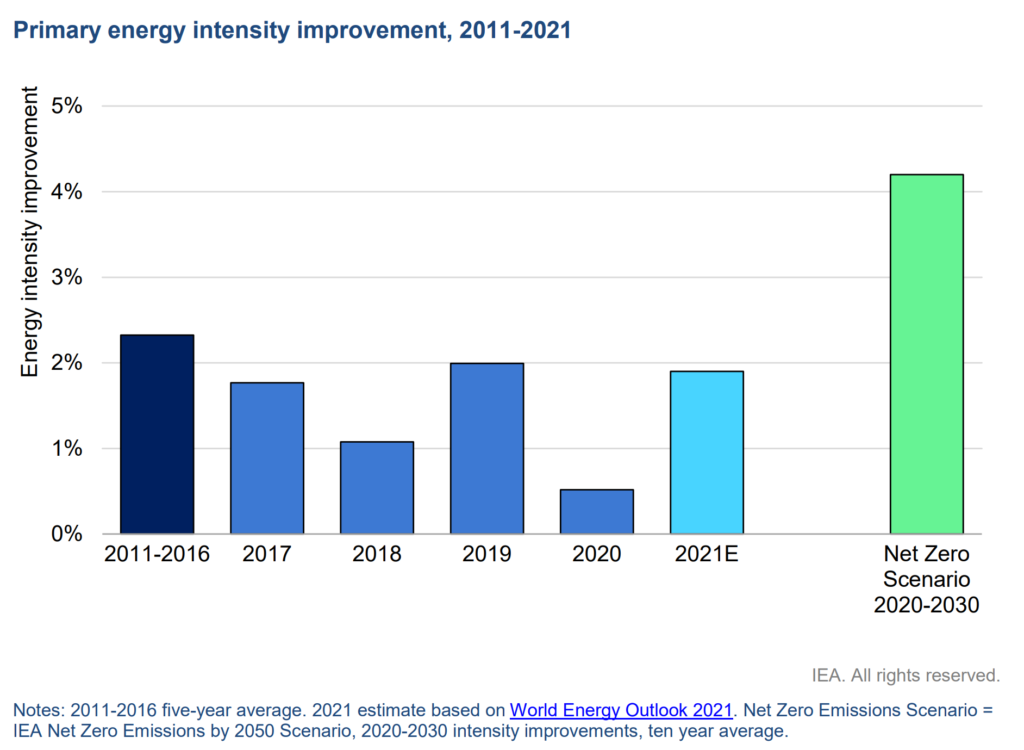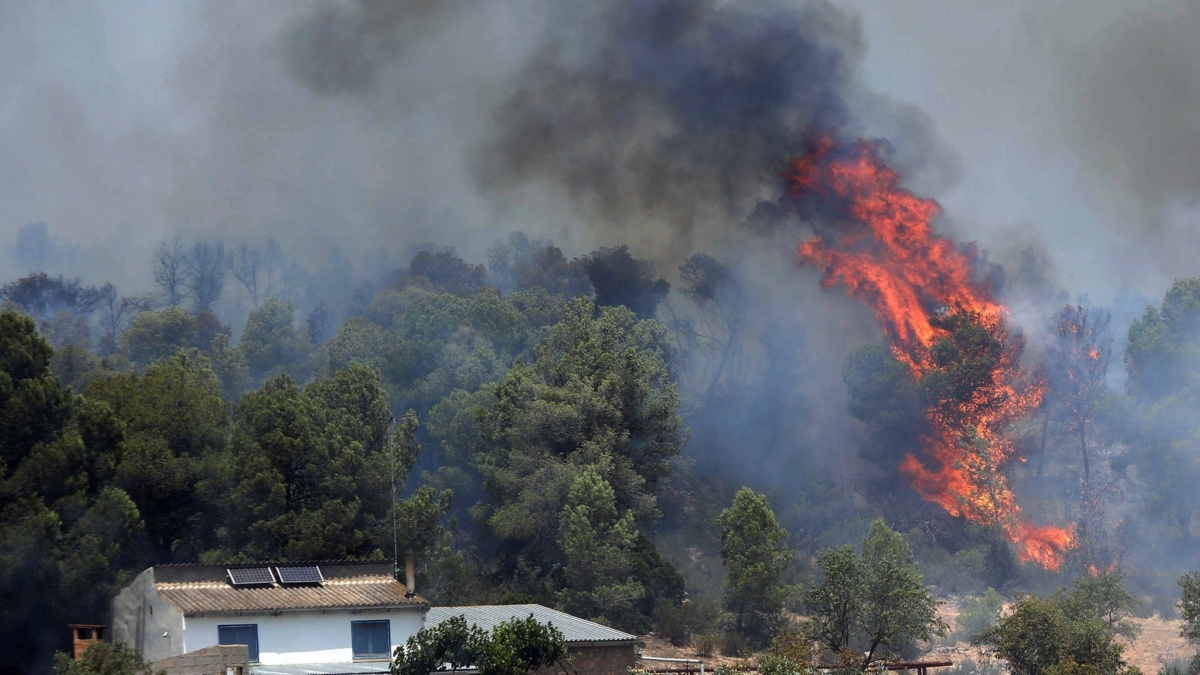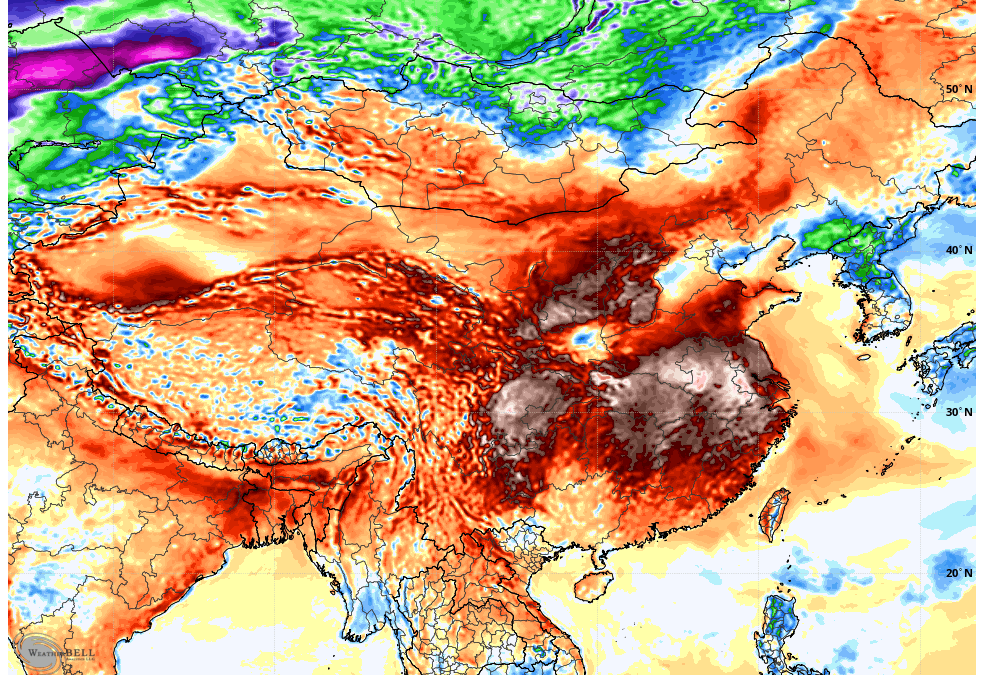Energy efficiency gains are too slow for a sustainable climate path

By Ben Geman
17 November 2021
(Axios) – A new International Energy Agency report shows rising investment in energy efficiency and gains in the efficiency of the global economy, but both lag levels needed for a sustainable climate path.
Why it matters: Boosting efficiency is vital to meeting climate goals.
By the numbers: Global energy intensity — that is, energy used per unit of economic output — improved by 1.9% this year.
- That’s above the 0.5% improvement in 2020, but well under the 4% annual level this decade in IEA’s scenario for net-zero emissions by 2050.
- Global investment rose somewhat, but in IEA’s climate-friendly scenario, it would need to triple by 2030.
Energy efficiency gains are too slow for a sustainable climate path
IEA Energy Efficiency 2021 Report Executive Summary
(IEA) – Energy efficiency trends are expected to return to their ten-year average after the worst year in a decade. However, the rate of improvement needs to double from current levels to match the gain outlined in the IEA Net Zero Emissions by 2050 Scenario. In 2021, global energy intensity – a key measure of the economy’s energy efficiency – is expected to improve (that is, to fall) by 1.9% after improving by only 0.5% in 2020.
Over the past five years, energy intensity has improved on average by 1.3% a year, down from 2.3% between 2011 and 2016, and well below the 4% described in the Net Zero Emissions by 2050 Scenario over 2020-2030.
Global energy demand is expected to increase by about 4% in 2021, returning to pre-pandemic levels as economic activity rebounds. The previous year was one of the worst ever for efficiency improvement, as energy demand and prices fell, technical efficiency enhancements slowed and the balance of economic activity shifted away from less energy-intensive services, such as hospitality and tourism.
With disruptions due to Covid-19 shaping global energy and economic trends in 2020 and 2021, it is still unclear whether this year’s improved energy intensity will signal the start of a sustained recovery. However, increased investment trends, rising government spending on efficiency – in large part related to recovery plans enacted in response to Covid-19 crisis, new announcements of higher climate ambition and other policy measures offer some encouraging signals.
Government policies are expected to help energy efficiency investment rise by 10% in 2021 to almost USD 300 billion. However, to be consistent with levels foreseen in the IEA Net Zero Emissions by 2050 Scenario, overall annual investment would need to triple by 2030. Recent investment growth has been concentrated largely in Europe, suggesting polices are needed in other regions to achieve global climate goals.
In 2020, stronger buildings efficiency programmes in Europe compensated for transport, where Covid-19 pushed down total spending. Transport efficiency investments are now recovering while buildings investments are reaching record highs.
Additional and stricter standards and regulations, higher public spending, incentive structures, and streamlined planning laws and procedures can all help lift investment and make efficiency projects more attractive to private finance. For example, the energy services market in the People’s Republic of China (hereafter “China”) increased its deployment of digital technologies and expanded by 12% in 2020, assisted by tax incentives. [more]



